Last week, a strong dollar continued, jumping almost 2% and breaking above the 104 price handle, boosted by soaring U.S. government rates. Yields have soared sharply in recent days, but the upswing was particularly large on Friday after May U.S. inflation surprised to the upside, surging 8.6% year-on-year, a fresh cycle high and the hottest reading since 1981. Against this backdrop, the Treasury curve shifted upwards across all tenures, with the 2-year yield topping 3% for the first time since 2008.
Looking ahead to next week, when the Fed monetary policy gathering is the highlight of the economic calendar on Wednesday, the U.S. currency is likely to remain biased to the topside as markets position for the possibility of a much more aggressive tightening cycle in response to unrelenting and broadening price pressures in the U.S. economy.
The most important economic data releases next week will be as below:
- Week starts with a quiet Monday with most Australian banks closing in observance of the Queen’s Birthday.
- Tuesday the US will release their monthly Producer Price Index (PPI).
- On Wednesday the monthly US Retail Sales and the Empire State Manufacturing Index. Later on, the most anticipated FOMC minutes will be released.
- A busy Thursday starting with the New Zealand’s quarterly GDP figure and the Australian Employment change. Later the Swiss SNB Monetary Policy Assessment and UKs Monetary Policy will be released. Later on the US will announce the numbers for Philly Fed Manufacturing Index and Unemployment Claims.
- Friday will start on the Japanese Monetary Policy Statement. Later, the UKs monthly Retail Sales will be released.
Major Currencies Performance and Signals
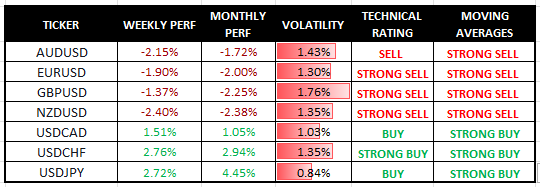
EUR/USD
The euro was dropped last week, with most of the losses coming on Thursday and Friday. The ECB suggested that there were interest rates coming down the road, but they are small and incremental. We expect the pair to be bearish.
FORECAST: SELL
Resistance: 1.0550, 1.0600, 1.0650
Support: 1.0500, 1.0450, 1.0400
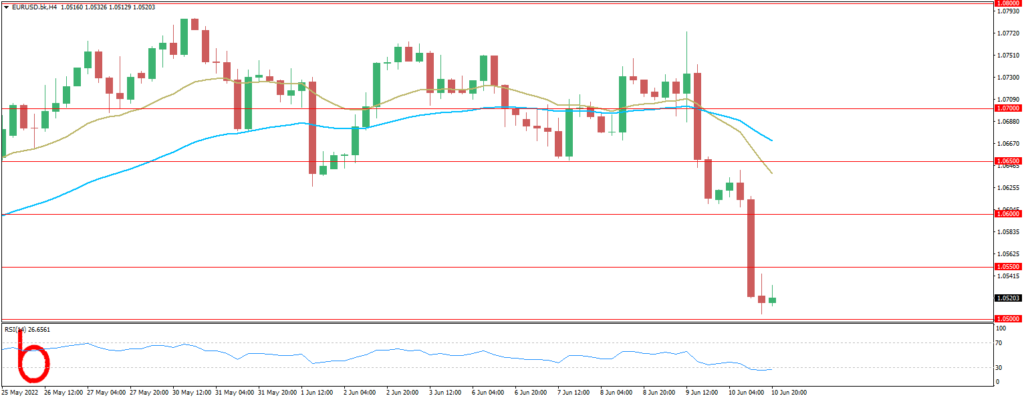
GBP/USD
The British pound has recovered during most of the week but gave back quite a bit of the gain as more of a “risk-off” environment came into the markets. We expect the pair to be bearish this week.
FORECAST: SELL
Resistance: 1.2350, 1.2400, 1.2450
Support: 1.2300, 1.2250, 1.2200
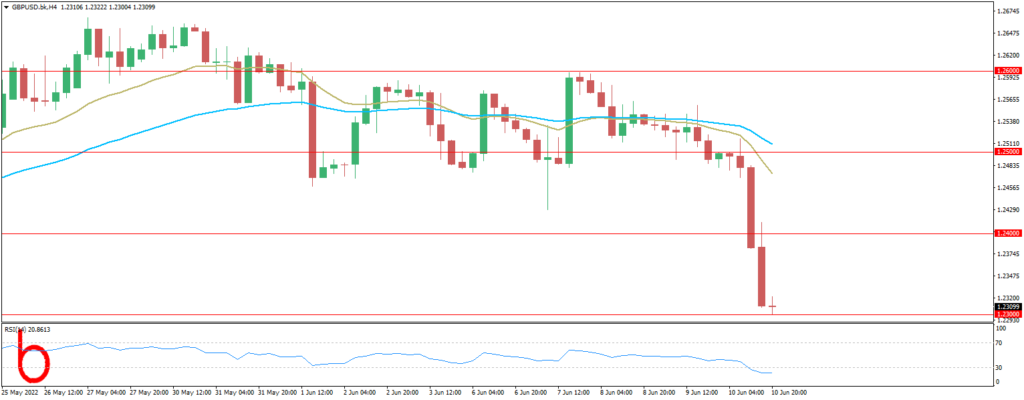
AUD/USD
The Australian dollar tried to march last week but gave back the gains as we are getting close to the 0.70 level. This is an area that should be significant support, but if we break through there again, it’s likely that we will continue to go lower We are bearish on the pair.
FORECAST: SELL
Resistance: 0.7050, 0.7100, 0.7150
Support: 0.7000, 0.6950, 0.6900
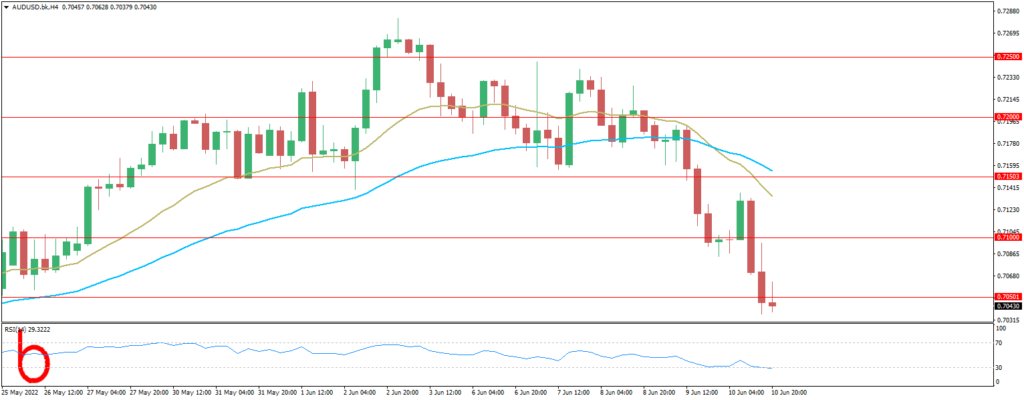
USD/JPY
Last week, the US dollar skyrocketed against the Japanese yen yet again, and even though we had pulled back both Thursday and Friday, buyers came back in to save the pair. We continue to be bullish on the pair.
FORECAST: BUY
Resistance: 134.50, 135.00, 135.50,
Support: 134.00, 133.50, 133.00
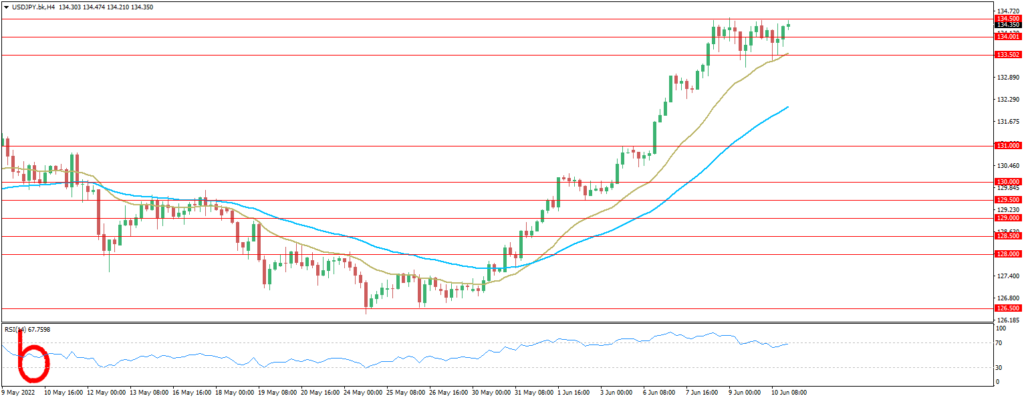
USD/CAD
Due to US Dollar strength, USDCAD had increased last week continuing its recovery. Accelerating US inflation, equity losses, encouraged US dollar as a safety trade. WTI fades on slowdown fears after reaching three-month high on Wednesday. We are Neutral for this week.
FORECAST: SELL
Resistance: 1.2800, 1.2850, 1.2900
Support: 1.2750, 1.2700, 1.2650
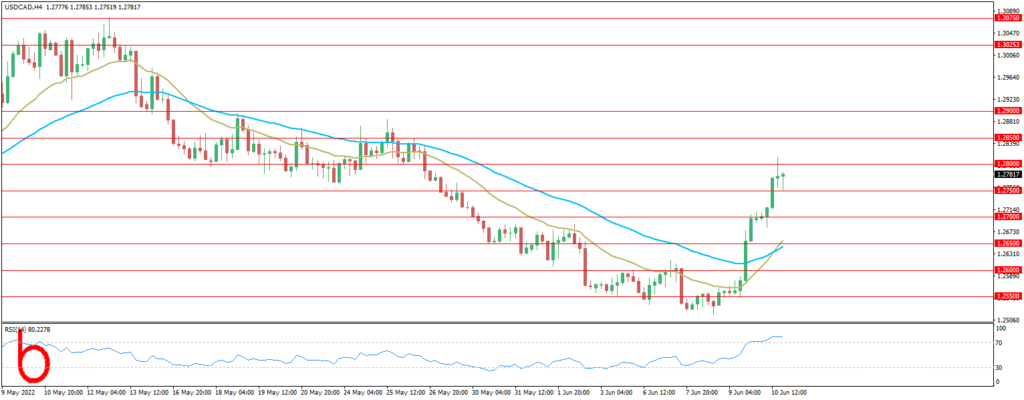
Warning:
Trading on CFDs involves a high level of risk, including full loss of your trading funds. Before proceeding to trade, you must understand all risks involved and acknowledge your trading limits, bearing in mind the level of awareness in the financial markets, trading experience, economic capabilities and other aspects.
Disclaimer:
Market Trends, Charts, Trading Ideas or other information provided by BKFX (Pty) Ltd and/or third parties are not intended as an investment advice and/or recommendation. The information provided is not presented as suitable or based on your specific need. You are responsible for your own investment decisions and you should not trade with money you cannot afford to lose. Any views or opinions presented in this Article are solely those of the author and do not necessarily represent those of the Company, unless otherwise specifically stated. The Company may provide the general commentary which is not intended as an investment advice and must not be construed as such. Seek advice from a separate financial advisor if an investment advice is needed. The Company assumes no liability for errors, inaccuracies or omissions, inaccuracies or incompleteness of information, texts, graphics, links or other items contained within this article/material.